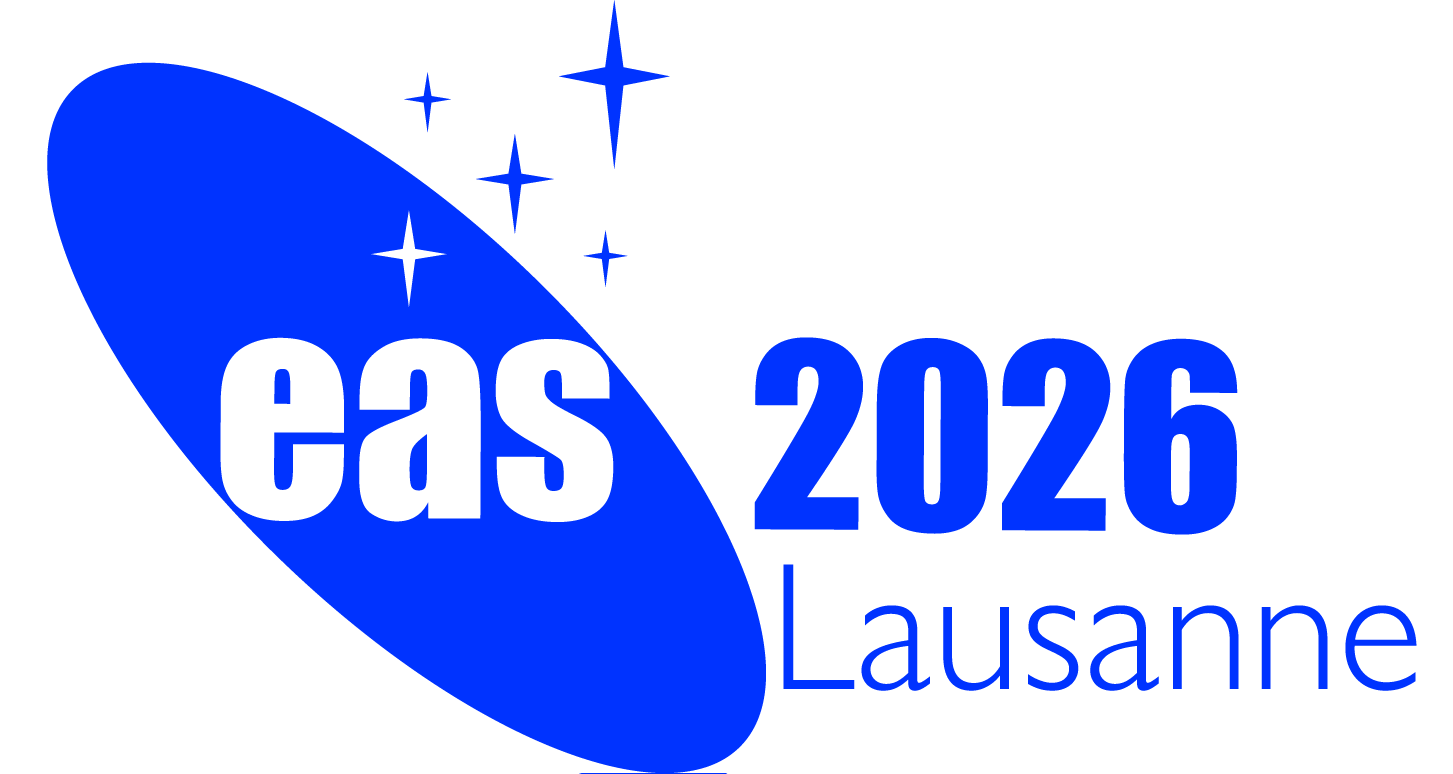Special Session SS7
Mind the gap: Bridging resolved and unresolved young stellar populations in star-forming galaxies
Aims and scope
Understanding the formation and evolution of galaxies in the Universe has long been a key area of interest in astrophysics. With continuous leaps in telescope technology, we have peered into the nearest bright galaxies with continually improved resolution, while simultaneously pushing the distances till which integrated light from galaxies may be observed. With the advent of JWST/NIRSPEC and wide-field MOS surveys (e.g. DESI, PFS@Subaru), star-forming galaxies (SFGs), with characteristic nebular emission-line spectra, have been observed out to cosmic dawn (up to z~10), shedding light on the properties (including direct elemental abundances) of even the earliest galaxies.
Such integrated nebular light in SFGs is the conglomeration of all its constituent HII regions. For the Milky Way and some of its satellites, "resolved" HII regions have been observed spectroscopically which show considerable complexity in their temperature, density and abundance distributions; distinct "individual HII region" spectra has been observed in nearby galaxies (like M31, M81, etc.) allowing characterisation of metallicity distributions at galactic scales; while individual "HII region complexes" are spectroscopically accessible for galaxies out to ~30 Mpc with IFU spectrographs like MUSE, revealing complex galaxy chemodynamics. Meanwhile, "resolved young stellar populations" in SFGs associated with HII regions are being scoured in unprecedented detail both in the Milky Way (with SDSS-V LVM) and in nearby resolved galaxies (<40 Mpc) with JWST/Nircam, LSST and upcoming Roman Space Telescope. On the theoretical side, both large cosmological simulations and zoom-in ones are pushing to smaller scales, associating stellar-scale physics with galactic ones.
We thus stand at the precipice of uncovering the governing laws of galaxy formation in our universe, from studying galaxies at both resolved and unresolved scales. The goal of the session is to unite the sub-communities (both observers and theorists) studying HII regions and associated young stellar populations in star-forming galaxies at various resolved and unresolved scales.
Programme
The list of topics include
- Chemical abundances in Resolved HII regions
- Chemical abundances from integrated spectra of star-forming galaxies
- Extragalactic HII regions and galaxy radial metallicity gradients
- Galaxy chemodynamics from HII regions
- "Resolved environments" of HII regions (young stars and molecular clouds)
Invited speakers
TBD
Scientific organisers
- Souradeep Bhattacharya (University of Hertfordshire, Hatfield, UK) - Chair
- Jan Forbrich (University of Hertfordshire, Hatfield, UK)
- Bethan James (Space Telescope Science Institute, Baltimore, USA)
- Cesar Esteban (University of La Laguna, Tenerife, Spain; Instituto de Astrofisica de Canarias, Tenerife, Spain)
- Alessandro Marconi (University of Florence, Florence, Italy; INAF-Arcetri Astrophysical Observatory, Arcetri, Italy)
- Kathryn Grasha (Australian National University, Canberra, Australia)
- Kathryn Kreckel (Zentrum für Astronomie der Universität Heidelberg, Heidelberg, Germany)
Contact
Souradeep Bhattacharya: s.bhattacharya3 @ herts.ac.uk
Updated on Thu Jan 15 22:37:25 CET 2026

 A power cut will shut down all EAS services on Tuesday, 10 January 2017 starting at 7:30 CET.
A power cut will shut down all EAS services on Tuesday, 10 January 2017 starting at 7:30 CET.

